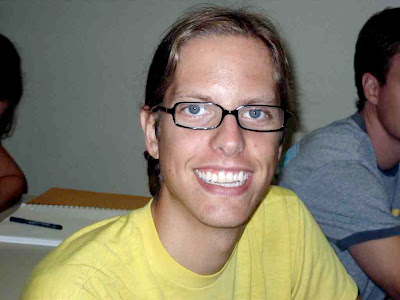BOOK REVIEW: Gingerich, Ray and Ted Grimsrud Eds. Transforming the Powers. Minneapolis: Fortress Press, 2006.
Principalities and Powers? What does this language mean? What are these? Ray Gingerich and Ted Grimsrud, professors at Eastern Mennonite University in Harrisonburg, Virginia, successfully provide answers to such questions in their book Transforming the Powers. In this compilation of essays, Gingerich and Grimsrud “offer tribute to [Walter] Wink and…contribute to the ongoing task that he has laid out for us” (6). Walter Wink has been a prominent character in the discussion surrounding the biblical language of the “Principalities and Powers.” Each contributor of Transforming the Powers adds to Wink’s idea that “The Powers are good. The Powers are fallen. The Powers must be redeemed” (2).
In chapter one, Wink sets the tone for the book by arguing that the Powers and every corporate entity have an inner and outer form—“the integral worldview” (21). The inner form of these corporate entities “does not exist apart form its physical manifestations….It is the unity of outer and inner that characterizes our experience of the integral worldview” (22).
Addressing both the inner and outer forms of any corporate entity is essential for Wink because “any attempt to transform a social system without addressing both its spirituality and its outer forms is doomed to failure” (2). Transforming the Powers addresses the inner and outer forms of the Powers in all areas of our society so that we can begin redeeming the Powers. Each contributor takes a multi-discipline approach in addressing the Powers. For example, Walter Wink combines Physics and Psychology with Theology and Nancy Murphy connects epistemology with a solution for redeeming the Powers.
Regardless of each contributors approach, the consensus for redeeming these Powers in our society is two fold. First, our approach should be holistic. Therefore, we must approach personal and corporate ethics from the narrative of Jesus (Stassen, chapter 11), depart from modernist individualism (Murphy, chapter 6), and begin to recognize that we are connected in all areas of life (Wink, chapter 1 and Grimsrud, chapter 4). Secondly, we should support pacifism—upholding the values of “nonretaliation” (Swartley, chapter 10). This pacifistic approach helps restrain our will to power (91, 160) so that we can engage and subvert the powers.
This holistic, pacifistic approach to the Powers is foreign to our domination driven society. However, if we adopted this approach we could begin pulling each other out of the holes we have dug for ourselves. I worry that our involvement with the red tape of our culture will hinder us from critically examining both forms of the Powers. Gingerich intimates this question when he asserts that the Powers have become invisible to us because “having become enmeshed in them, we are unable to distance ourselves from them sufficiently so as to get them into focus” (119). Perhaps our only hope for recognizing the Powers is Christ’s suffering and death (101). Beyond this, we do not have much hope.
In our multicultural, multiethnic, and multifaith society, people are often marginalized by the concentration power. Glen Stassen asserts that amidst such a society, “we need a public ethic of justice if we are to make our witness. We need to be able to speak a language that communicates in multicultural, multiethnic, and multifaith society” (171). This type of ethic values and communicates to people of all areas of life, from the rich to the poor.
Subscribe to:
Post Comments (Atom)

No comments:
Post a Comment